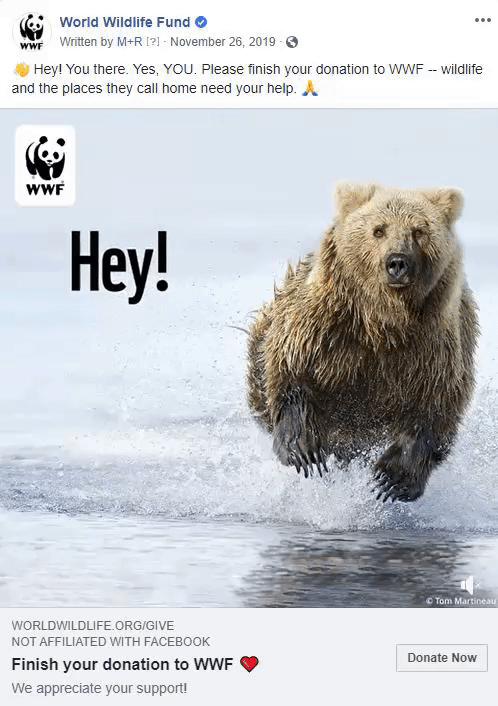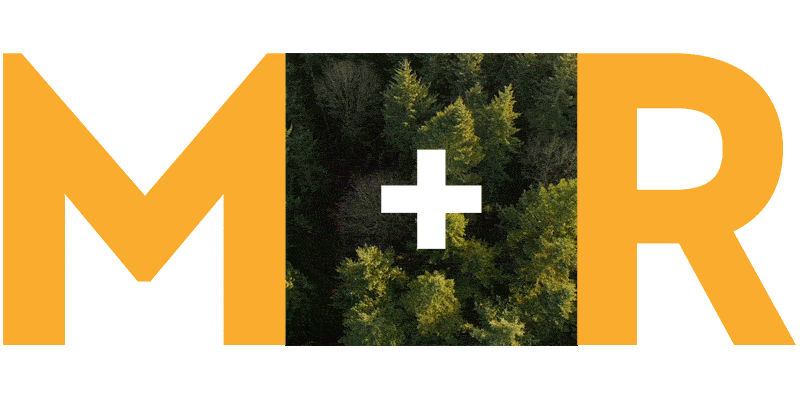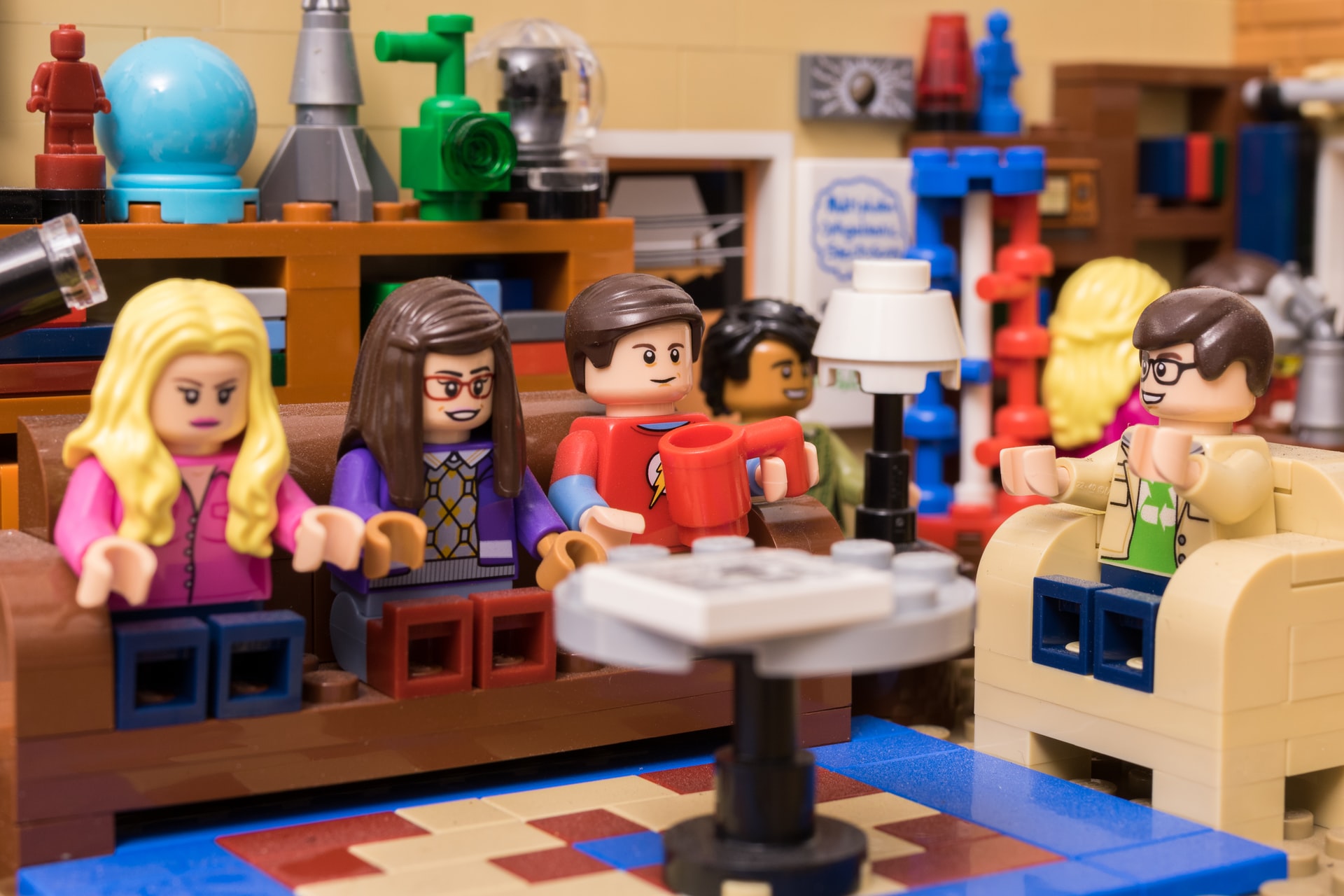ICYMI: We released a guide to help nonprofits develop creative that reaches your goals while living your values. It’s a pretty great read, if we do say so ourselves!
We began to unpack the challenges and obligations of developing ethical creative in a roundtable discussion with our friends Amirio Freeman of Feeding America and Rosa Del Angel of Oxfam America. Over the next few weeks, we’ll be discussing the core elements of effective creative and how to incorporate them into your direct response creative.
+++
Good creative is essential because it’s how we seize attention in incredibly busy spaces. It’s how we communicate compassion and outrage and hope, how we turn abstract and complex issues into concrete and immediate action. It’s how we connect on the deeply personal, emotional, human level that inspires people to support the causes that change the world.
But here’s the thing: The audience for a piece of creative must believe the content is relevant to them, or they will ignore it. That’s why so many email messages begin “Dear <First_Name>.” It’s why ads are targeted based on demographics and user behavior, and why remarketing is a powerful tool. But relevance goes beyond the tactics of personalization and targeting.

Source: World Wildlife Fund
At its heart, relevance is about understanding who our audience is and what they value, and using our creative to connect to that identity. When the audience sees themselves in the creative, when creative speaks to the person they believe themselves to be, when they feel seen and valued, they will pay closer attention and be much more open to considering the ask.
In many cases, we are asking people to take action on a topic that affects them directly. Developing relevant creative is primarily the work of making that connection clear and immediate. Other times, relevance is not about the ways an audience is directly impacted. It’s about their identity, about the world they want to live in, about the reasons they have to care about or feel responsible for your issue.
The first step in generating relevance is to develop an understanding of our audience. This understanding can include multiple dimensions:
Demographics, including race, ethnicity, gender, class, age, and more. Does our creative reflect the demographics of the audiences we want to reach? Are our visuals and word choices accessible and meaningful to those audiences?

Source: Girls Inc.
Relationship to your cause or organization. Acknowledging a supporter’s relationship (e.g. as a donor, a monthly supporter, a volunteer, an activist, or someone completely new) makes creative more relevant.
Cultural consumption. Are our audiences likely to be consuming particular media, whether that’s a popular TV show, a viral news clip, or a nonfiction book? What cultural touchstones are likely to speak to them?
Emotional state. Does the general current environment, or the specific moment or cause our creative addresses, generate anger, sadness, confusion, hopelessness, determination, hope?
Timeliness. As we’ve already seen, urgency is essential to effective creative. Timeliness is a related but distinct consideration. The question here is: what is already top of mind for our audience? What headlines are they seeing, what conversations are they having, what are they worrying about or hoping for in this moment?

Source: Fight for $15
Sometimes, the answers to these questions will be unclear based on the information we have. Sometimes, they will be in conflict with each other. But asking these questions and thinking deeply about your audience will lead to greater understanding. Relevant creative will be based on this understanding, and will reflect the audience’s beliefs, values, experiences, and emotions back to them.




